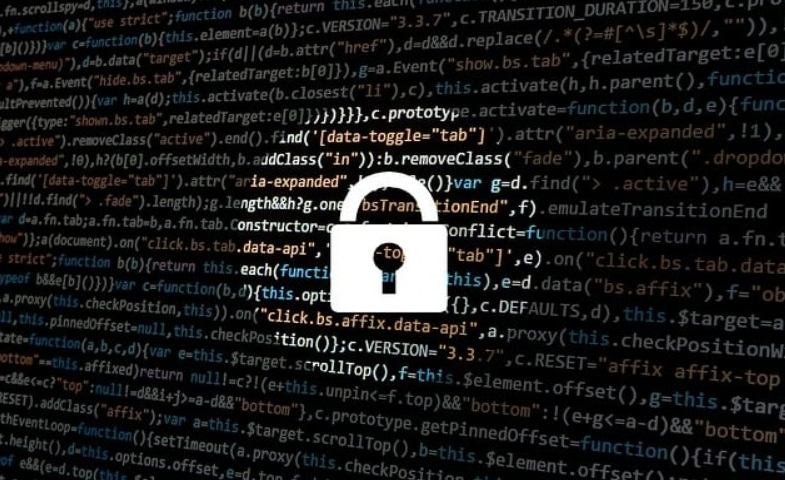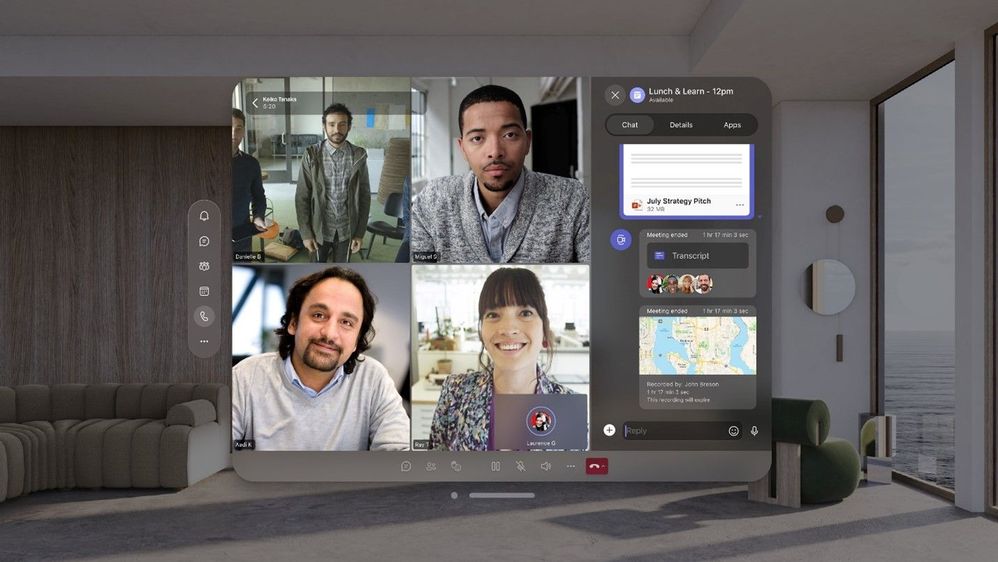In the rapidly evolving digital age, integrating Artificial Intelligence (AI) into our daily lives and business operations has been nothing short of revolutionary. With the advent of Large Language Models (LLMs) like OpenAI’s ChatGPT and the widespread adoption of generative AI, the promise of enhanced efficiency and creativity is undeniable. However, this technological leap forward has also introduced a new era of cybersecurity challenges, particularly in AI-powered phishing attacks. At WheelHouse IT, we understand the critical importance of safeguarding businesses against these sophisticated AI threats, focusing on security and business continuity to navigate the complex cyber threat landscape.
The Rise of AI-Generated Phishing: A New Level of AI Threat
The convenience and capability of generative AI have, unfortunately, made it an ideal tool for cybercriminals. Thus enabling them to craft highly personalized and convincing phishing content at an unprecedented scale. This new wave of AI-generated phishing, including LLM-composed messages and deepfakes, presents a significant challenge in distinguishing fraudulent content from legitimate communications. Therefore, increasing the risk of social engineering attacks on unsuspecting employees.
The Imperative of Evolved Cybersecurity Awareness Training
As the landscape of cyber threats transforms, so must our approach to cybersecurity awareness training. Traditional methods, while effective in the past, must evolve to address the sophisticated tactics employed by cybercriminals using AI. This entails not only educating employees about the dangers of phishing but also tailoring training programs to the unique behavioral profiles and psychological characteristics of each individual. Personalization and adaptability are key in reinforcing behavioral strengths and mitigating weaknesses against AI-powered phishing attacks.
Strategies to Combat AI-Enhanced Phishing Attacks
Recognizing that nearly three-quarters of data breaches involve human error, it’s clear that phishing exploits psychological vulnerabilities through deception. WheelHouse IT emphasizes the development of comprehensive awareness training programs that adapt to the specific needs of the workforce, incorporating real-world cyberattack scenarios and evolving tactics. This includes preparing for deepfakes and generative AI in phishing attempts and urging employees to critically assess the authenticity of communications and the legitimacy of requests.
Implementing Phishing Simulations for Enhanced Preparedness
Phishing simulations play a critical role in maintaining cybersecurity awareness and preparedness. By simulating real-world phishing attacks, organizations can assess the effectiveness of their training programs, identify vulnerabilities, and adapt strategies accordingly. These simulations are instrumental in building adaptive behavioral profiles for employees, ensuring that training is both personalized and effective in mitigating the risk of AI-powered cyberattacks.
A Proactive Approach to Cybersecurity in the AI Threat Era
As AI continues to shape the cyber threat landscape, businesses must remain vigilant and proactive in their cybersecurity efforts. At WheelHouse IT, we are committed to equipping businesses with the knowledge, tools, and strategies to defend against AI-powered phishing attacks. By embracing adaptive training programs, implementing phishing simulations, and fostering a culture of cybersecurity awareness, we can collectively safeguard our digital future against the evolving threats posed by artificial intelligence.











